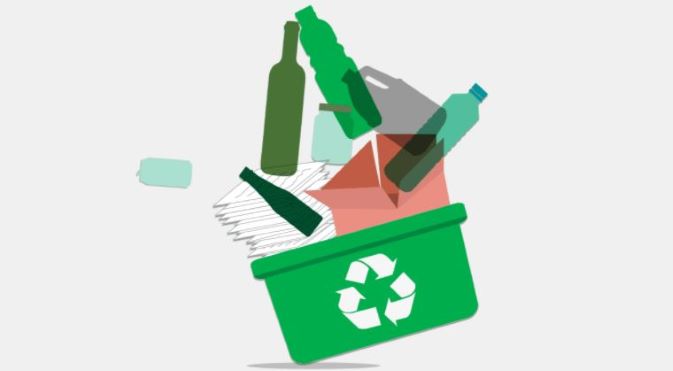News Releases

The three-arrowed triangular loop: you see it, and you know it. Or do you? Just about every type of plastic packaging today has that familiar symbol stamped on it, and while common thought links that symbol with recycling, that isn’t always the case. Good intentions can often be wasted by misinterpreting what that symbol actually means.
What many confuse as the recycling symbol on plastic packaging is actually called a resin identification code. Look closely and you will see a number stamped within the three arrows; this number is to help identify the polymer used to make the container, not identify its recyclability. The resin identification code was developed in the late 1980s to ensure a level of consistency in plastics manufacturing. Unfortunately, this symbol has created significant confusion for the everyday consumer as it closely mirrors the real chasing arrows recycling symbol.
Fortunately, over the last few years, with society placing a greater emphasis on recycling and the education behind it, we are seeing more brand owners rethinking the end life of their packaging. One notable change is better labeling. How2Recycle, a program developed by the Sustainable Packaging Coalition, is working to improve the standardized labeling system for recyclables and increasingly, brands are adopting their labeling. When you pick up your next box of your favorite breakfast cereal, look at the bottom and you will likely find two different recycling instructions, one for the box and one for the plastic bag. How2Recycle published findings from a consumer survey that showed the majority of consumers found value and increased trust when brand owners clearly label the materials and their recyclability (or lack thereof).
Not only have brands started the shift, but many states are laying the framework for Truth in Labeling laws that will prohibit the use of chasing-arrows symbols and the term “recyclable” on products that are indeed, not recyclable. This has gained such significant traction that the U.S. Environmental Protection Agency (EPA) is now calling on the Federal Trade Commission to remove the symbol from plastics that can’t be recycled altogether. The FTC has what they call Green Guides, and the EPA, as well as other environmental groups, believe these guides could be used to help educate consumers on recycling best practices.
With better labeling, consumers can recycle with more confidence. Until then, it is best to focus on the characteristics of plastics, rather than memorize a list of numbers. For example, rigid plastic containers, such as water bottles, milk jugs and shampoo bottles, are highly recyclable. These materials are also in demand as more consumer package goods companies implement stronger commitments to using recycled content in their packaging. Unfortunately, today, due to a lack of infrastructure, most plastic water bottles are not recycled into new plastic water bottles again. In many cases, they are downcycled into synthetic fibers for use in things like carpeting or clothing.
Later this year, Republic Services, a leader in the environmental services industry, will open the nation’s first Polymer Center in Las Vegas to meet the growing demand for recycled content. The Polymer Center will be part of a national network of facilities that will create high-quality recycled content that enables true bottle-to-bottle circularity. This means that when you place a water bottle in your recycling bin, it can become a new water bottle again.
Recycling plays an important role in reducing our impact on the planet. While current labeling practices can create confusion, by becoming more informed consumers, we can stop chasing our tails and help create a more sustainable world now, and for future generations.